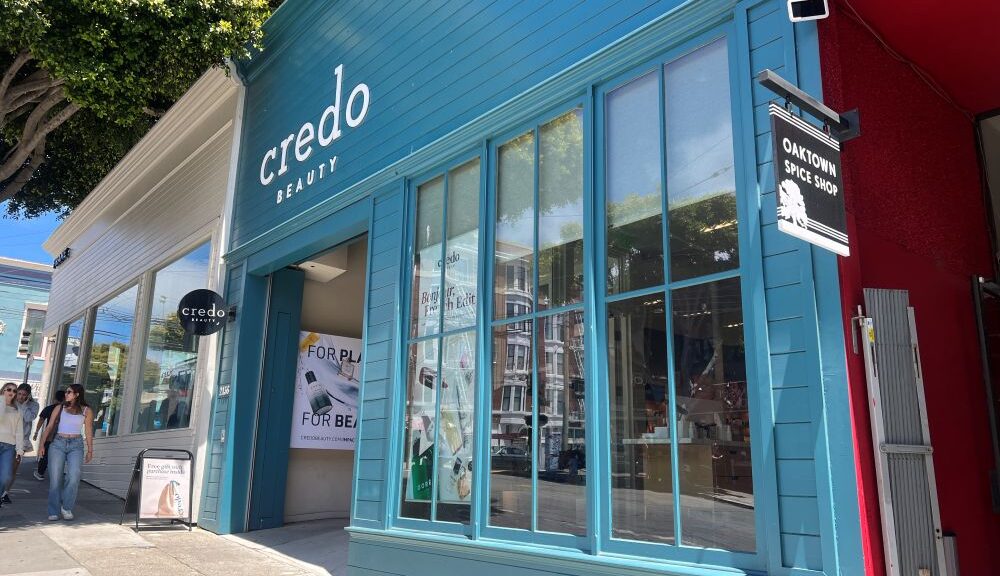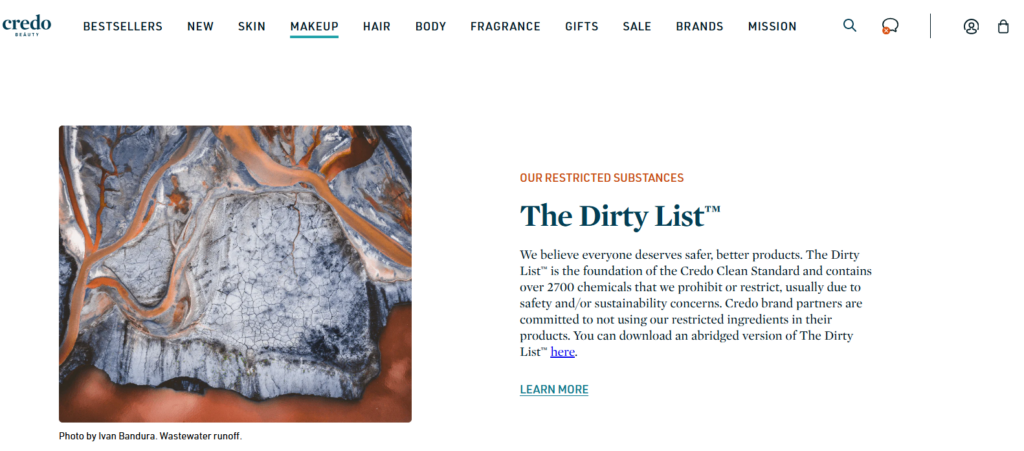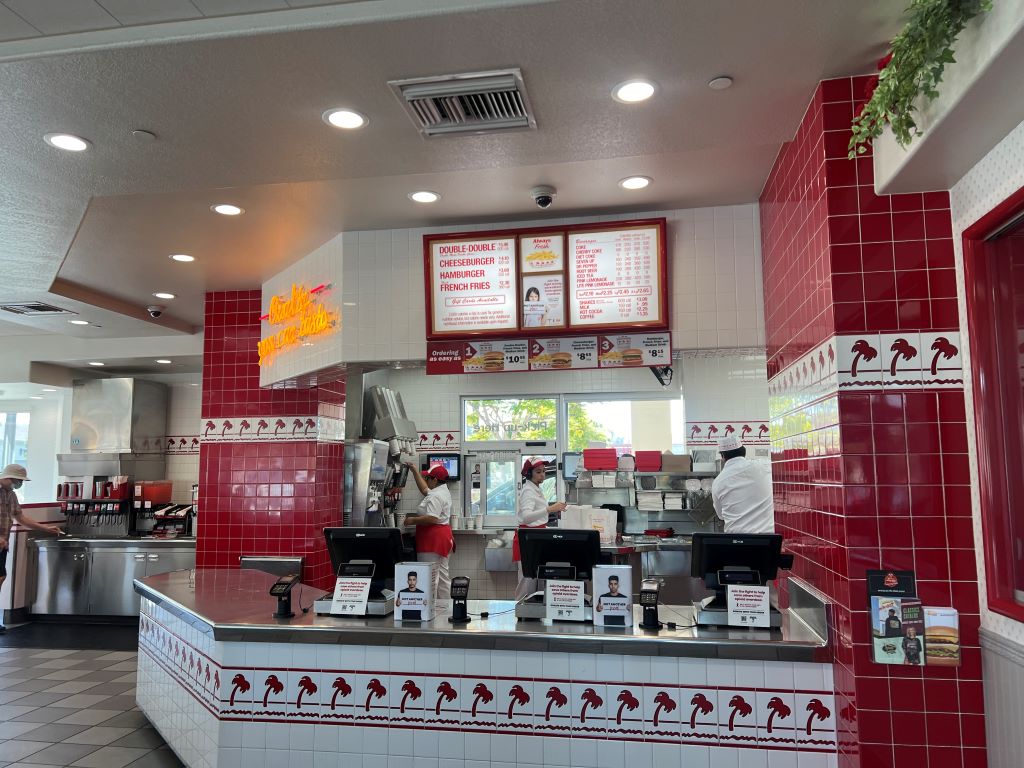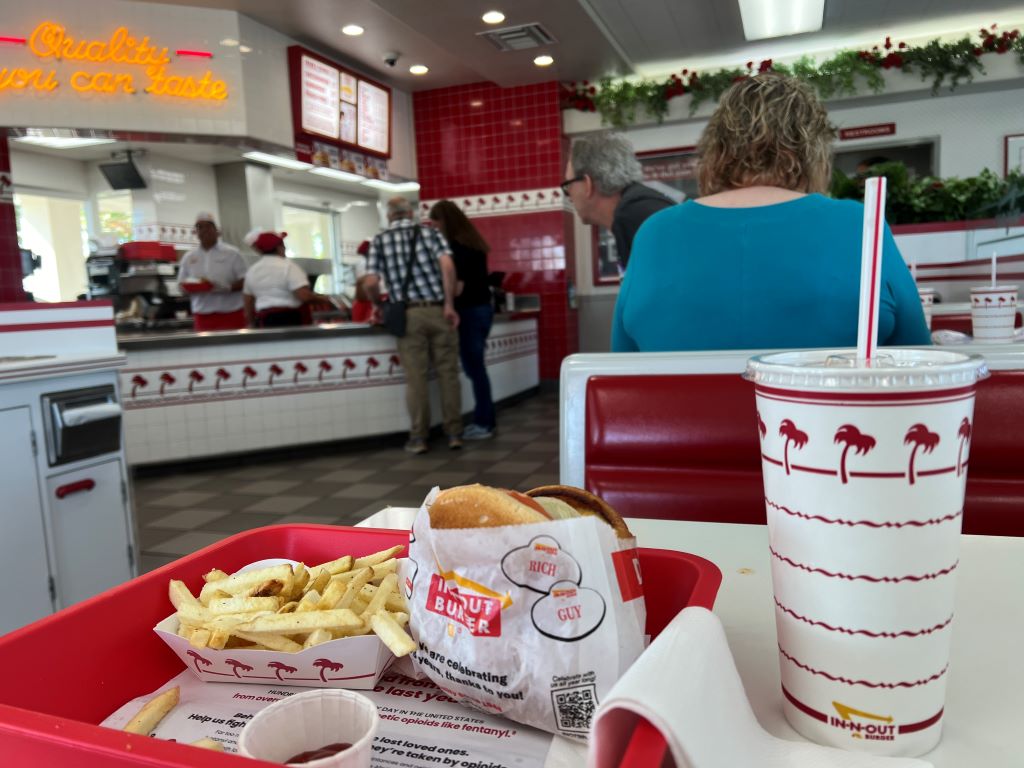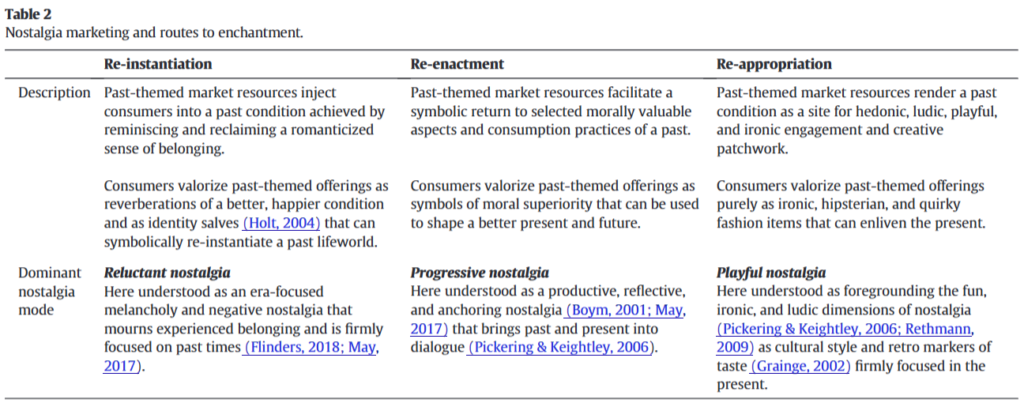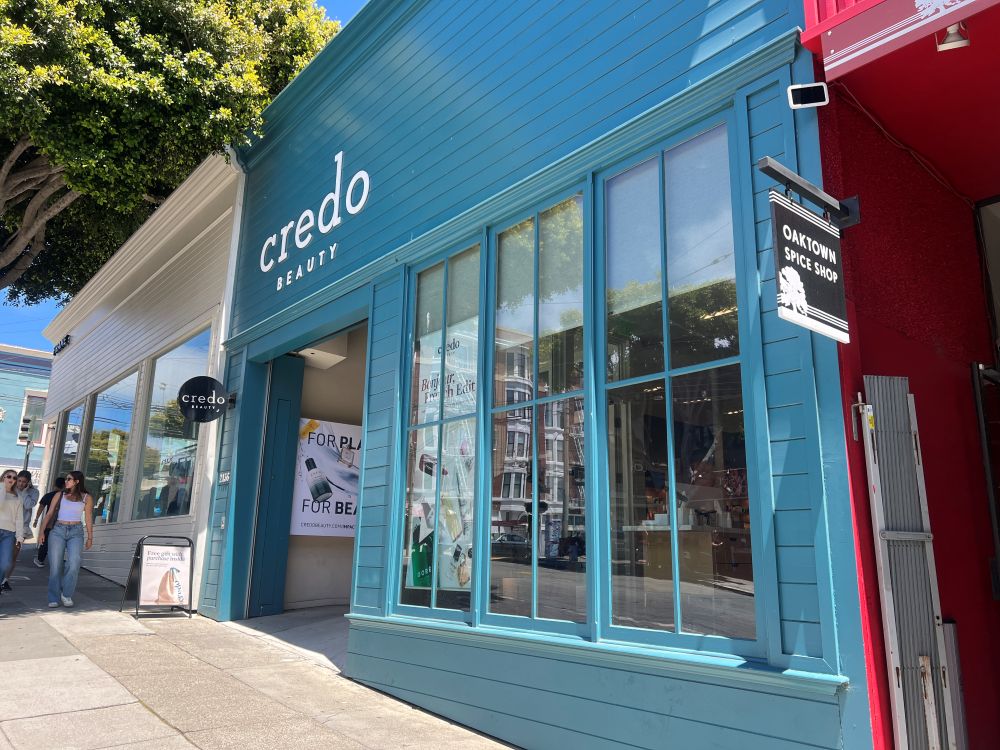
Credo Beauty looks very different from big chains like Sephora or Ulta. Where most retailers try to carry as many brands as possible, Credo narrows its focus.
Only brands that pass its strict Credo Clean Standard make it onto the shelves. This means no products with more than 2,700 banned ingredients, full transparency on fragrance, independent safety testing, and commitments to sustainable packaging and ethical sourcing. Many brands want to be sold here because being “Credo-approved” signals credibility in the clean beauty movement.
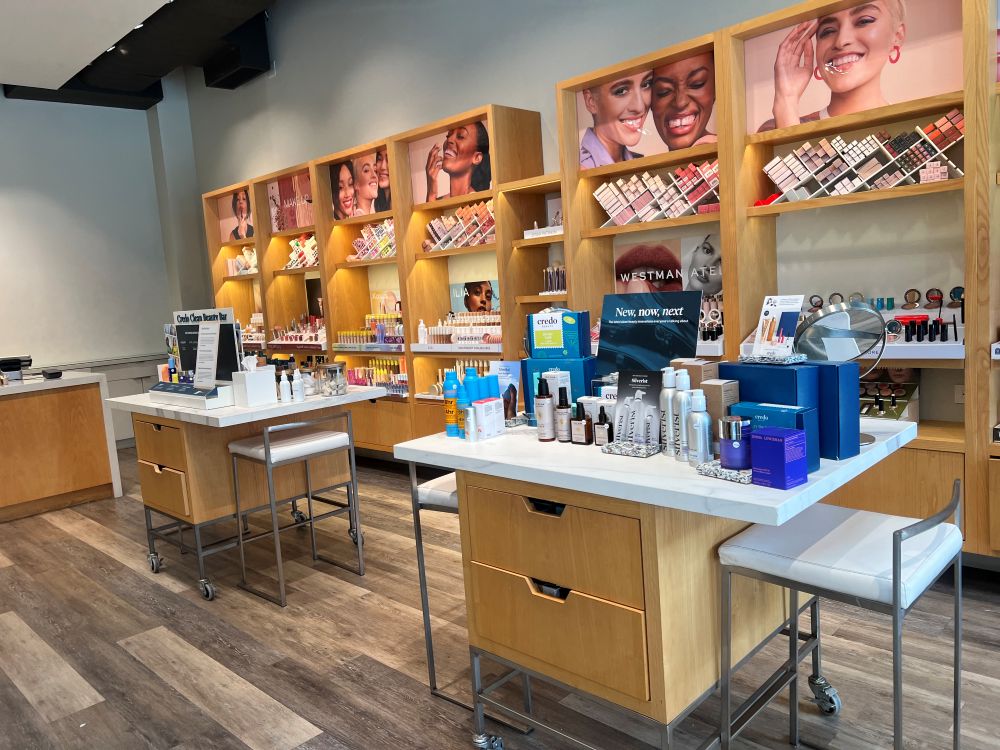
This strategy gives Credo a strong presence even with only a few stores in California. Each store feels curated. For customers, shopping here means trust: if a product is inside Credo, it has passed a high bar.

Credo’s approach resembles Sephora. When Sephora opened in France in the 1970s, its key idea was open-sell: letting customers freely test and explore products instead of waiting at a counter. That sense of freedom made Sephora a revolutionary beauty destination. But as Sephora grew into a global empire, its focus shifted toward variety and scale.
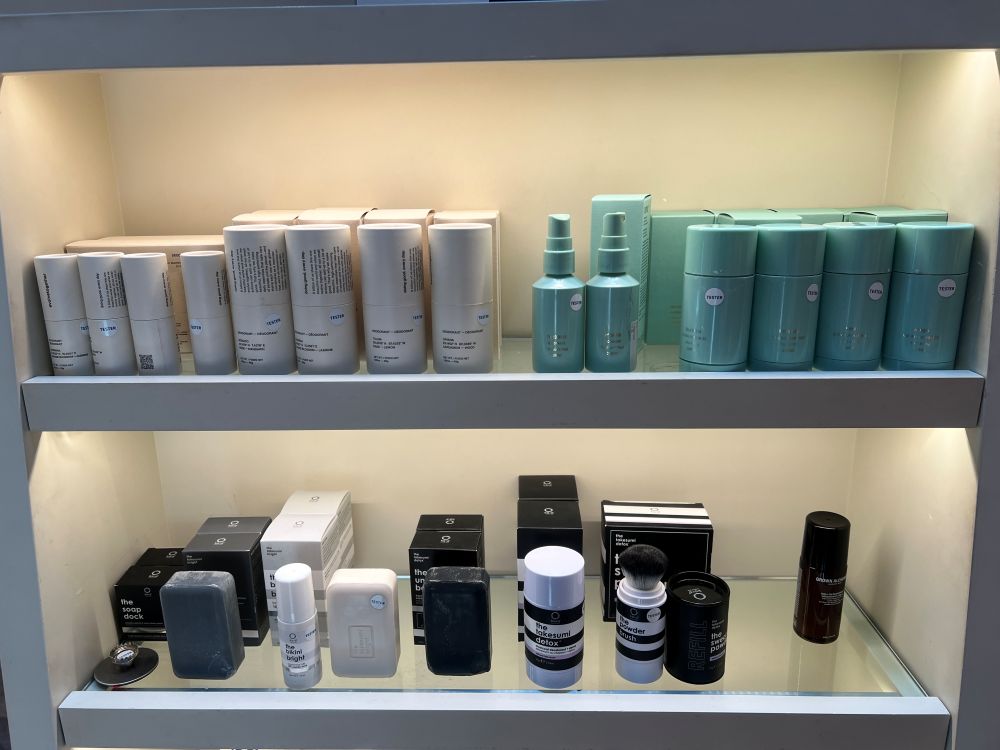
Credo feels like a successor to Sephora’s original spirit such as intimate, curated, and trustworthy.
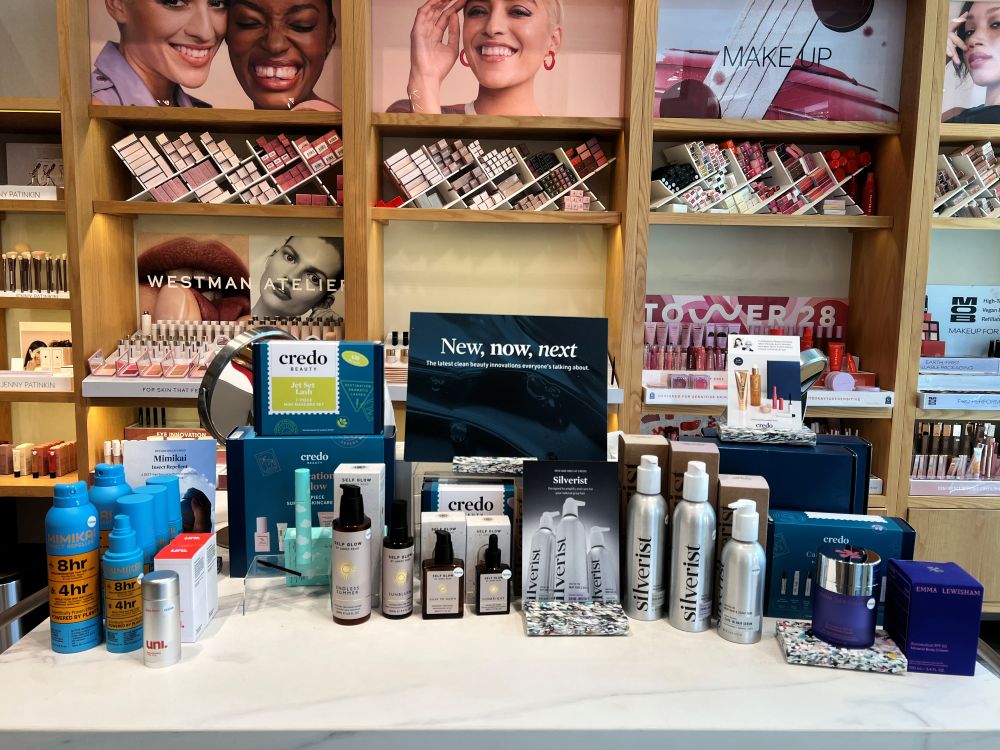
The comparison is similar to how In-N-Out reminds people of the original McDonald’s. Big chains evolve and expand, while new players take inspiration from the early, authentic idea. Credo shows that in beauty retail, less can be more when standards are clear.
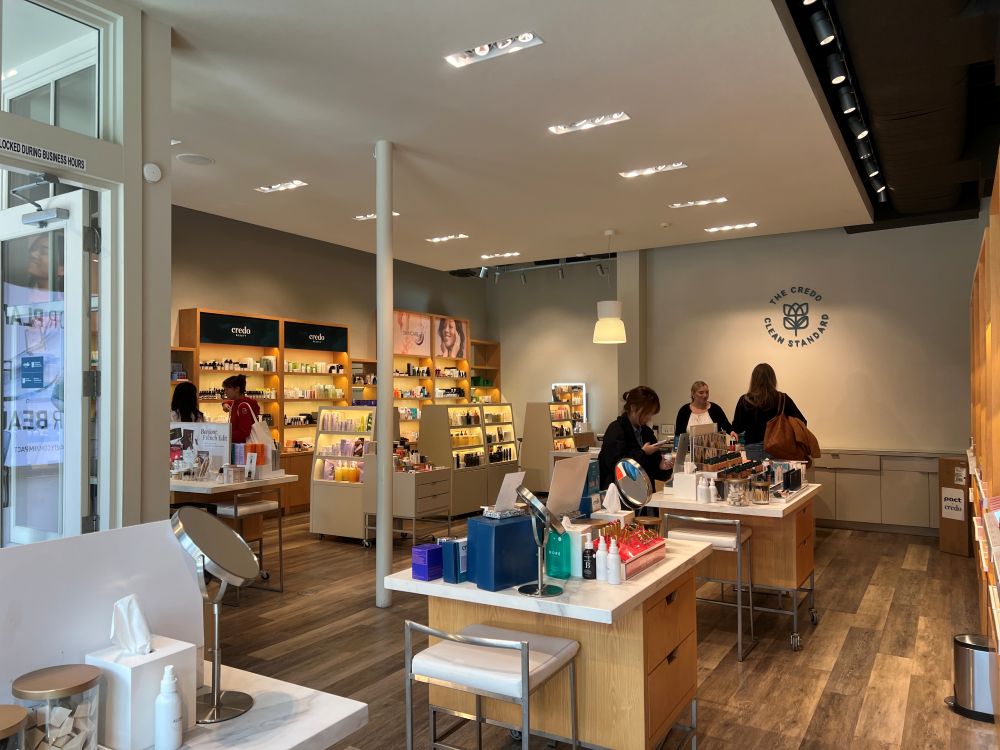
***
Reference
Beverland, M. B., & Farrelly, F. J. (2010). The quest for authenticity in consumption: Consumers’ purposive choice of authentic cues to shape experienced outcomes. Journal of consumer research, 36(5), 838-856.
Drawing from image-elicited depth interviews, we investigate whether consumers pursue the consumption of authentic objects with specific personal goals in mind. We find that consumers are motivated to focus on those particular cues in objects that for them convey authenticity (what is genuine, real, and/or true) and that this decision-making process is driven by a desire to draw different identity benefits (control, connection, virtue) from authentic objects. Our interpretive analysis elaborates contributions to theorizing related to consumer agency in seeking authentic consumption experience. We provide cultural explanations for the desire to assert the authentic self in these particular ways.

